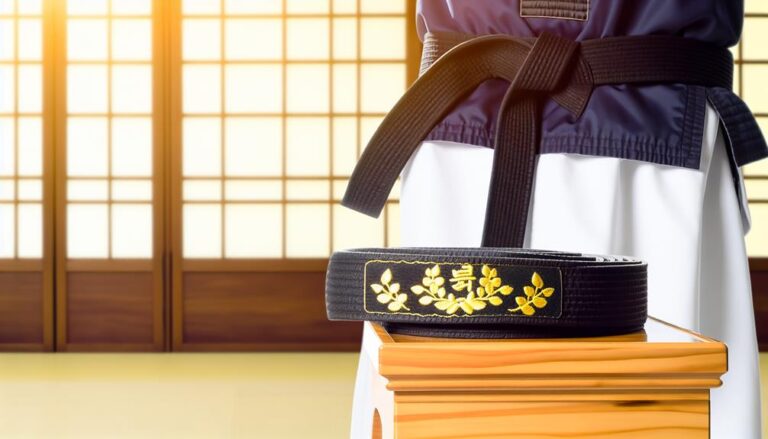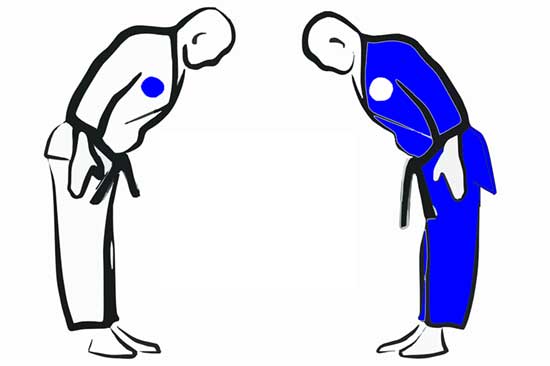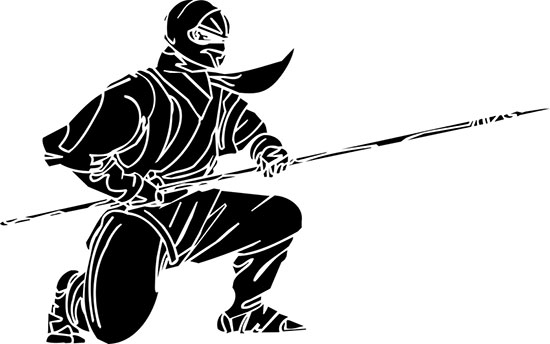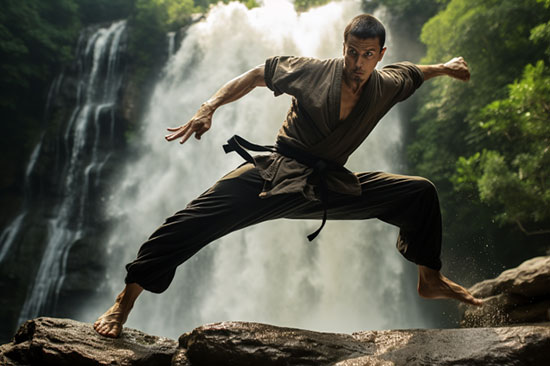As a martial artist, you stand at the crossroads of tradition, where the paths of Judo, Jiu Jitsu, and Aikido diverge, each offering a different journey through the landscape of self-defense and physical discipline.
Judo, the ‘gentle way,’ invites you to leverage an opponent’s force, turning their strength to your advantage with throws and pins.
Jiu-Jitsu, often seen as the chess game of martial arts, challenges you to engage in close combat, mastering the art of submission through precise strikes and joint locks.
Aikido, the path of peace, teaches you to redirect aggression, focusing on fluid movements and the harmonious resolution of conflict.
You might wonder how these arts compare in philosophy, technique, and application, and which aligns best with your personal goals and temperament.
As you stand at this juncture, consider the unique offerings and transformative potential each discipline holds, and how one might complement or contrast with another in the pursuit of martial mastery.
Contents
Key Takeaways
- Aikido and Judo share historical roots in jujutsu but were founded by different individuals in different periods.
- Each martial art has distinct philosophical underpinnings that shape techniques and mindset, with Aikido prioritizing harmony and conflict avoidance, Judo and Jiu Jitsu prioritizing efficient self-defense and competitive success.
- The martial arts ethos of Aikido emphasizes harmonizing with an opponent’s energy, Judo focuses on using an opponent’s force against them, and Jiu Jitsu employs lethal techniques for practical self-defense.
- While Aikido and Judo both prioritize minimizing injury and cooperation, Aikido emphasizes reconciliation and avoiding harm, while Judo showcases a more competitive edge in conflict resolution.
Historical Roots Compared
Tracing the historical roots of Aikido and Judo reveals their shared lineage in jujutsu, yet each art diverged significantly in philosophy and technique to serve distinct purposes.
Developed in Japan in the early 20th century, Aikido was founded by Morihei Ueshiba, who infused it with an ethos of harmony and nonviolence. It’s a cooperative, defensive martial art, contrasting with the competitive nature of Judo, which emerged in the late 19th century.
Judo, founded by Jigoro Kano, focuses on grappling, employing throws, chokeholds, and submissions in its quest for physical dominance. While Aikido utilizes circular movements to redirect an opponent’s energy, Judo relies on leverage and balance disruption.
Both arts command respect, yet they cater to different martial philosophies and applications.
Philosophical Underpinnings
As you explore the philosophical underpinnings of martial arts, you’ll find that Aikido’s ethos of harmony and conflict avoidance stands in contrast to Judo and Jiu-Jitsu, which prioritize efficient self-defense and competitive success.
These principles shape not only the techniques but also the mindset and strategic approach inherent in each discipline.
Understanding the philosophical foundations is crucial to appreciating the distinct paths these martial arts offer for personal development and conflict resolution.
Martial Arts Ethos
Delving into the philosophical underpinnings of martial arts, you’ll find that Aikido, Judo, and Jiu Jitsu each embody the distinct ethos that guides their techniques and the mindset of their practitioners. These Japanese martial arts don’t just serve as methods of self-defense; they’re also seen as vehicles for personal growth and embody principles that extend beyond physical confrontation.
| Martial Art | Ethos | Focus |
|---|---|---|
| Aikido | Harmonizing with an opponent’s energy to prevent harm | Non-violent resolution |
| Judo | Principle of using an opponent’s force against them | Competitive sport |
| Jiu Jitsu | Lethal techniques for practical self-defense | Survival in combat |
Each art form reflects a unique approach to combat and interaction, from Aikido’s emphasis on peace to Judo’s competitive nature and Jiu-Jitsu’s practical lethality.
Conflict Resolution Principles
When exploring the philosophical tenets of martial arts, it’s clear that the conflict resolution principles of Aikido, Judo, and Jiu Jitsu prioritize non-violence, strategic control, and self-improvement.
Aikido practitioners focus on using an opponent’s momentum against them, often employing joint locks and redirection techniques to defuse situations peacefully. This reflects Aikido’s emphasis on reconciliation and avoiding harm.
Judo, while sharing common ground with Aikido in the use of locks and throws, often showcases a more competitive edge. The difference between Aikido and Judo in conflict resolution lies in Judo’s approach to neutralizing opponents through controlled force, reflecting its sportive nature.
Both arts, however, maintain a deep respect for cooperation and the minimization of injury.
Key Technical Differences
You’ll find that the combat strategy in Judo is aggressive, aiming to subdue opponents with throws and pins. In Judo, submission holds are essential for victory, especially in competition.
On the other hand, Aikido’s techniques are more about redirecting an attack. Aikido focuses on joint locks and throws designed to neutralize threats without causing harm.
Understanding these nuances is crucial for appreciating the distinct tactical approaches each martial art employs.
Combat Strategy Focus
In comparing the combat strategies of Judo, Jiu Jitsu, and Aikido, it’s crucial to understand the key technical differences that define their respective approaches to engagement and defense.
Judo
- Focus: Grappling and competition
- Strategies: Overpowering opponents using throws, chokeholds, and submissions
- Key Element: Physical prowess in executing techniques
- Focus: Ground fighting and detailed submission grappling
- Strategies: Dominating on the ground with superior positioning and joint-locks
Aikido
- Focus: Harmony and self-defense
- Strategies: Using an attacker’s energy against them through joint locks and throws without competition
Each martial art’s combat strategy focus reflects its philosophy, whether it’s Judo’s competitive edge, Brazilian Jiu-Jitsu’s detailed ground control, or Aikido’s defensive and non-aggressive technique.
Submission Techniques Comparison
Delve into the world of martial arts, and you’ll find that the submission techniques of Judo, Jiu-Jitsu, and Aikido each bear distinct technical differences that reflect their unique combat philosophies.
| Martial Art | Focus | Notable Techniques |
|---|---|---|
| Judo | Grappling, throws, and pinning opponents; founded by Jigoro Kano | Throws, chokeholds, armlocks |
| Brazilian Jiu-Jitsu | Ground fighting, submission holds; evolved from Judo by the Gracie family | Joint locks, chokes, positional control |
| Aikido | Redirecting force, joint locks; non-competitive | Joint locks, throws, pins |
Judo’s submission techniques comparison shows a focus on grappling, seeking to subdue opponents through certain techniques like chokeholds. Brazilian Jiu, developed by the Gracie family, takes the fight to the ground, prioritizing control and submissions. Aikido, in contrast, largely avoids confrontation, using an attacker’s momentum against them.
Grading and Progression
As you advance in martial arts like judo, jiu-jitsu, or aikido, the grading system marks your progress with a spectrum of colored belts, reflecting your growing expertise and mastery of techniques.
Here’s how grading and progression typically unfold:
Judo and Brazilian Jiu-Jitsu (BJJ):
- Start from white and progress to black belt, with various colors in between.
- BJJ includes stripes on belts, indicating incremental progress.
Aikido
- Also uses a colored belt system, but may not include all the colors found in judo or BJJ.
- Some dojos practice weapons forms, which can influence progression.
Each art has subtle differences; for instance, Aikido and Judo might have variations in grading criteria. Regardless, as a student, you’ll work your way up, with the coveted black belt signifying a high level of proficiency.
Competitive Arena Explained
While Aikido opts for harmony over competition, Judo and Brazilian Jiu-Jitsu embrace the thrill of tournaments, each with its distinct set of rules and structures that govern their competitive landscapes. Aikido’s philosophy centers on self-improvement rather than besting an opponent, which is a key distinction from its counterparts.
You’ll find that the competitive arenas of Judo and Brazilian Jiu-Jitsu highlight these martial arts’ Japanese origins with an international flair.
The difference between Aikido and the other two is stark when considering their respective approaches to confrontation.
| Martial Art | Competitive Focus |
|---|---|
| Aikido | None (harmony) |
| Judo | Throws & Pins |
| BJJ | Submission Grappling |
| Commonality | Japanese Heritage |
Analyzing these competitive arenas reveals the diversity and unique philosophies within these disciplines.
Cross-Training Potential
Exploring the cross-training potential between Judo and Aikido, you’ll find that blending their techniques can greatly enhance your martial arts prowess by merging Aikido’s fluidity with Judo’s dynamic grappling.
These traditional Japanese martial arts, both originated in Japan, have unique elements that when combined, offer a well-rounded skill set:
Aikido
- Circular movements for redirecting the opponent’s force
- Joint locks complementing Judo’s leverage emphasis
Judo
- Throws that utilize leverage and balance disruption
- Grappling techniques provide a competitive edge
Cross-training not only broadens your tactical options but also deepens your understanding of martial arts philosophies.
As a student, whether inspired by Carlos Gracie’s adaptation of Judo into Brazilian Jiu-Jitsu or simply seeking to diversify your skills, the cross-training potential between Aikido and Judo is immense.
Choosing Your Martial Path
When choosing between martial arts like Judo, Aikido, or Jiu Jitsu, you must weigh their distinctive philosophies, techniques, and physical demands to find the path that aligns with your personal goals and abilities.
Aikido’s nonviolent conflict resolution contrasts with Judo’s competitive nature and Jiu Jitsu’s practical self-defense application.
To help you decide, consider trying a free trial class in each discipline if you’re interested in learning.
This firsthand experience can reveal which of these popular martial arts resonates with your physical abilities and philosophical inclinations. Make an informed choice based on a blend of personal preference and practical assessment.
Conclusion
In choosing between Judo, Jiu Jitsu, and Aikido, consider your goals.
- If you’re drawn to dynamic throws and groundwork, Judo’s your match.
- Prefer comprehensive self-defense with strikes and locks? Jiu Jitsu’s got you covered.
- For a philosophy of peace and fluid movements, Aikido resonates.
- Cross-training can enhance skills and understanding, but ultimately, your path reflects personal philosophy and desired outcomes.





